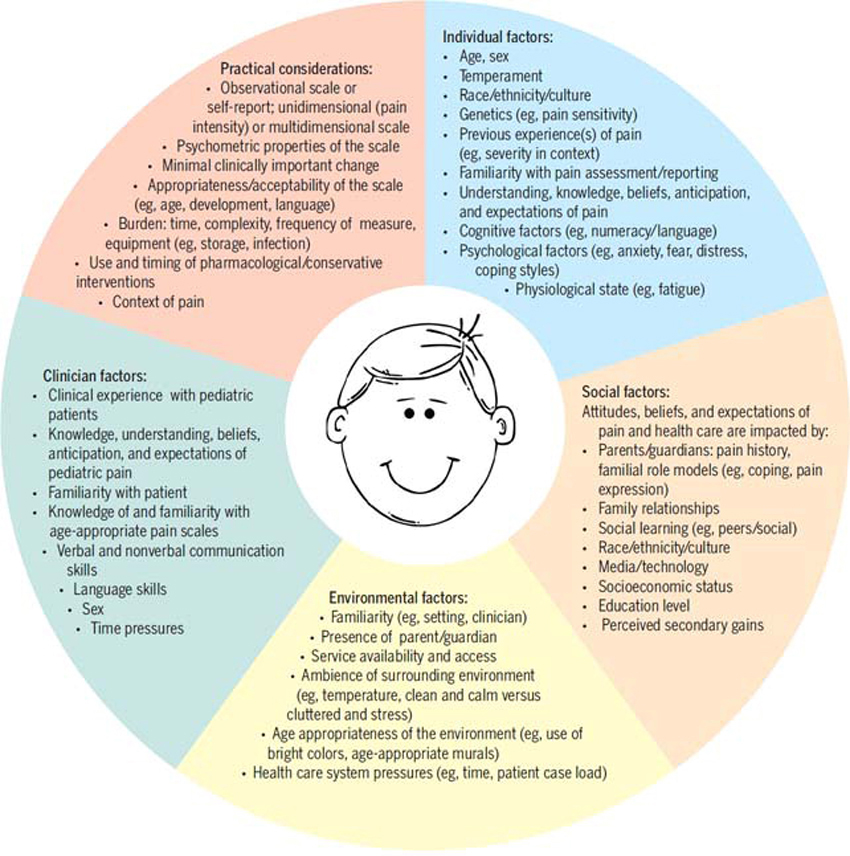Spinal Pain in Pre-adolescence and the Relation with Screen Time and Physical Activity Behavior
SOURCE: BMC Musculoskelet Disord 2021 (Apr 26); 22 (1): 7 393
| OPEN ACCESS |
Anne Cathrine Joergensen, Katrine Strandberg-Larsen, Per Kragh Andersen, Lise Hestbaek, Anne-Marie Nybo Andersen
Section of Epidemiology, Department of Public Health,
Faculty of Health and Medical Science,
University of Copenhagen,
Oster Farimagsgade 5, Box 2099,
DK-1014, Copenhagen K, Denmark.
Background: To investigate how screen time and physical activity behavior were associated with spinal pain in pre-adolescence.
Methods: This study included 45,555 pre-adolescents who participated in the 11–year follow-up of the Danish National Birth Cohort. The 11–year follow-up included self-reported information on computer and TV behavior, aspects of physical activity, as well as frequency and intensity of spinal pain (neck-, mid back- and low back pain). Data were linked with parental socioeconomic data from Statistics Denmark registers. Associations were estimated using multinomial logistic regression models. To account for sample selection, we applied inverse probability weighting.
Results: Duration of screen time was stepwise associated with the degree of spinal pain. Compared with those spending < 2 h/day in front of a screen, screen time of ≥6 h/day was associated with a substantially increased relative risk ratio (RRR) of severe pain for both girls (RRR: 2.49, 95% CI: 2.13–2.92) and boys (RRR: 1.95, 95% CI: 1.65–2.32). Being physical inactive was likewise associated with higher likelihood of severe spinal pain (RRR: 1.22, 95% CI: 1.10–1.34) relative to those being moderately active. We observed that being physically active was seemingly associated with lower risk of spinal pain among boys with high frequency of screen time.
There are more articles like this @ our:
Conclusion: Findings indicate that both duration of screen time and physical inactivity are correlated with spinal pain in pre-adolescents with the strongest associations for screen time. Reducing screen time or increasing physical activity might help preventing spinal pain in pre-adolescents, particularly among high frequent screen users. Future prospective studies investigating the causal relationship are necessary.
Keywords: Adolescence health; Back pain; Epidemiology; Lifestyle behavior; Musculoskeletal disorder; Physical activity; Prevention; Public health; Screen time.
From the Full-Text Article:
Introduction
Spinal pain (i.e., neck, mid back and/or low back pain) constitutes a health burden already from the age of 10. [1] Epidemiological studies aiming to clarify and understand the etiology of spinal pain in children are scarce, but factors such as symptoms of depression [2, 3], stress and poor general well-being [4], as well as living in socioeconomically disadvantaged families [1] and being exposed to pain in early postnatal life [5] have been suggested as potential risk factors.
Read the rest of this Full Text article now!






Leave A Comment